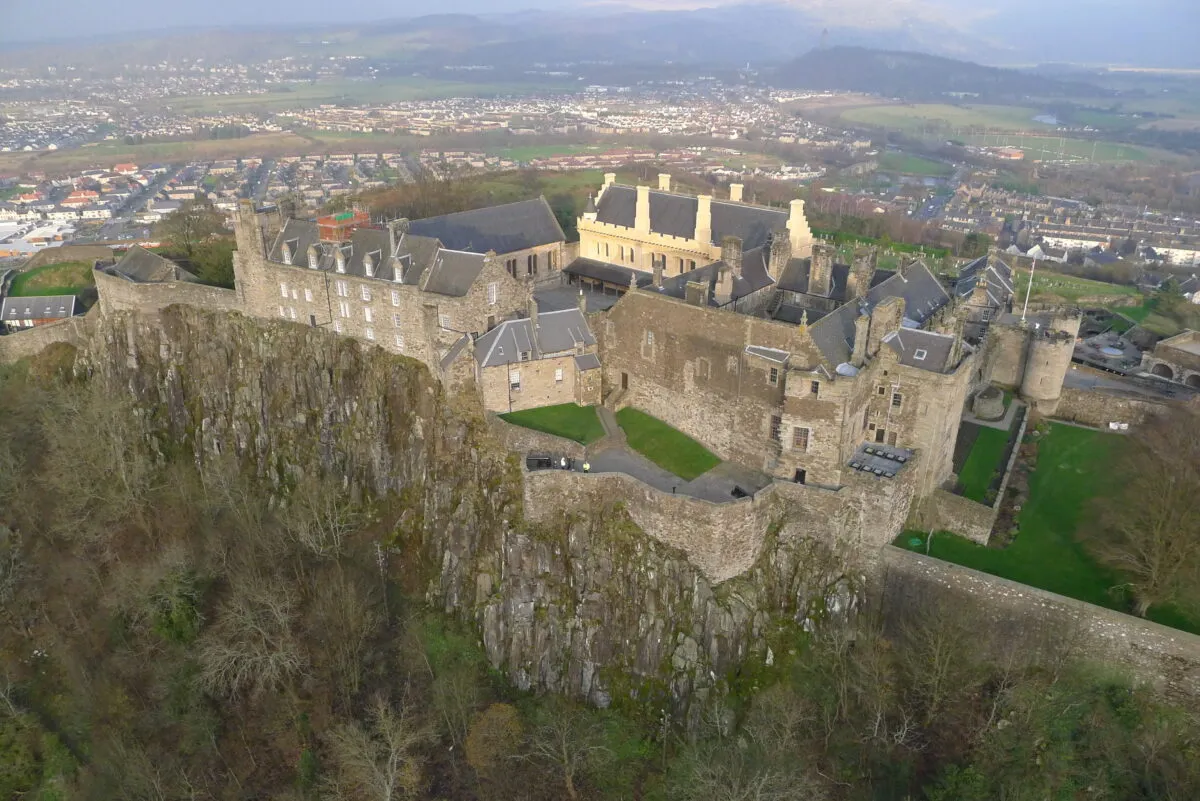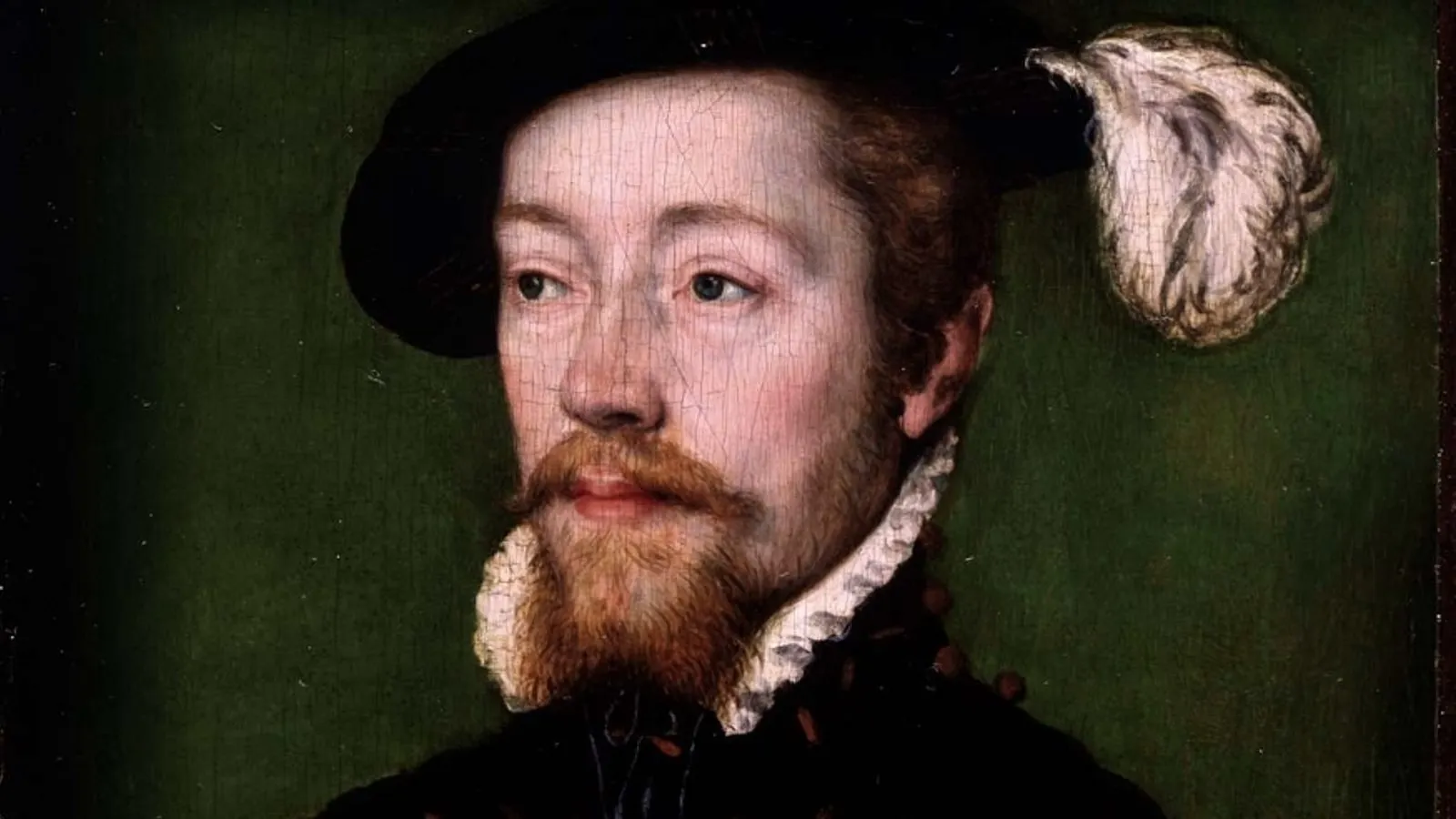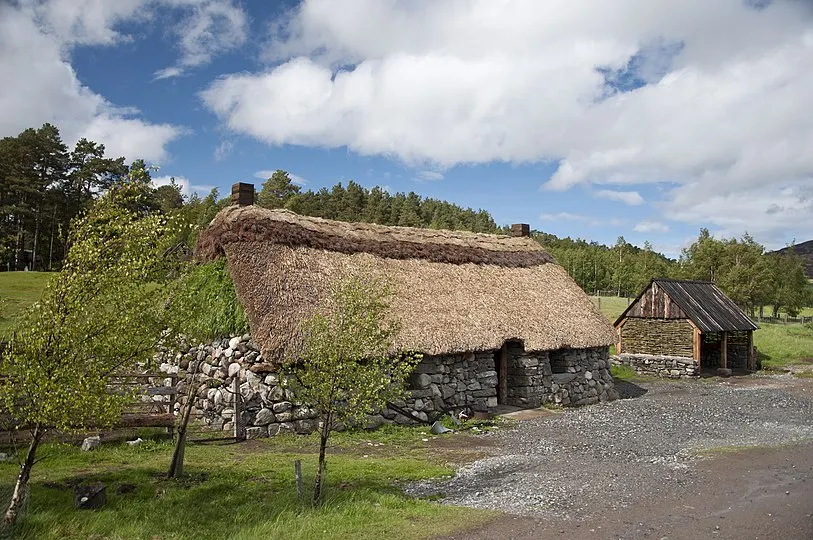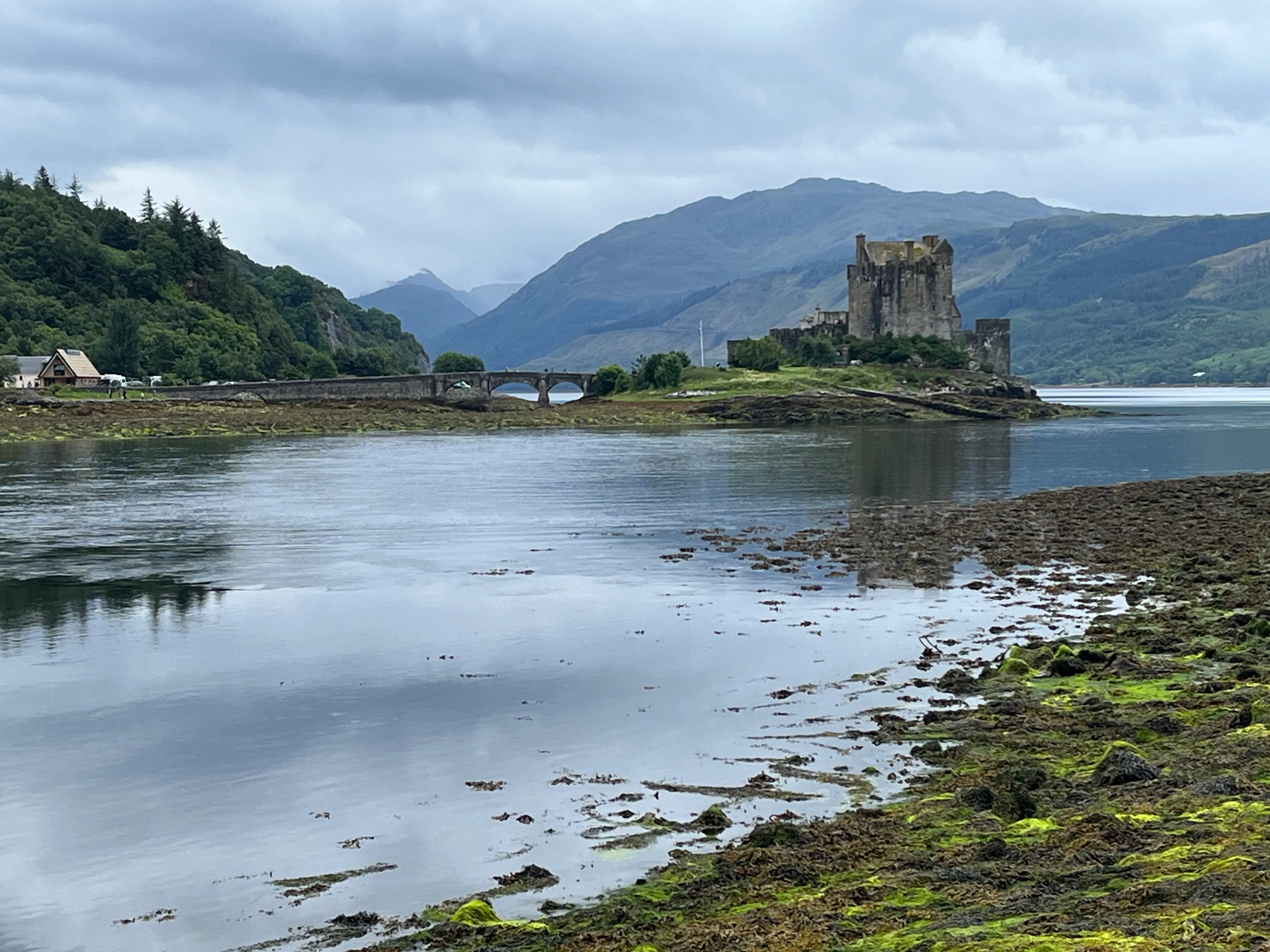Stirling Castle
Rising magnificently above The Great Carse (A glacial plane) and atop its own extinct volcano in the heart of Stirling, , Stirling Castle stands as a majestic testament to the country's turbulent past and enduring heritage. Renowned as one of the largest and most historically significant castles in Scotland, it boasts a commanding presence atop an intrusive crag, forming part of the Stirling Sill geological formation. Surrounded by sheer cliffs on three sides, the castle's strategic position has made it a formidable stronghold throughout the ages.

A Fortress Through the Ages
Dating back to the medieval period, Stirling Castle has witnessed centuries of Scottish history unfold within its walls. Most of the principal buildings within the castle date from the fifteenth and sixteenth centuries, with a few structures remaining from the fourteenth century. The outer defences facing the town were added in the early eighteenth century, reflecting the castle's continuous evolution over time.
Royal Residences and Siege Warfare
Before the union with England, Stirling Castle served not only as a fortress but also as a favoured royal residence for Scottish monarchs. It played a pivotal role in Scottish politics, hosting coronations, births, and even the occasional siege. Several Scottish kings and queens, including Mary, Queen of Scots, were crowned within its walls, further cementing its status as a symbol of royal power.

Mary Queen Of Scots
Throughout its storied history, Stirling Castle endured at least eight sieges, with each conflict leaving its mark on the fortress. From the Wars of Scottish Independence to the Jacobite uprisings, the castle bore witness to countless battles and struggles for control, showcasing its resilience in the face of adversity.
From Renaissance Palace to Military Stronghold
During the Renaissance period, Stirling Castle underwent a period of grandeur and expansion under the Stewart kings. James IV and James V spearheaded ambitious building projects, transforming the castle into a magnificent royal residence adorned with influences from across Europe. The Royal Palace, constructed during this time, remains a testament to the castle's architectural splendour.

As the centuries passed, Stirling Castle's role evolved from a royal palace to a military fortress. It became a crucial military centre, serving as a prison and garrison during times of conflict. From the Civil War to the Jacobite risings, the castle played a pivotal role in Scotland's military history, defending against invaders and quelling internal unrest.
Preserving Heritage for Future Generations
Today, Stirling Castle stands as a living testament to Scotland's rich heritage, attracting visitors from around the world eager to explore its historic grounds. Managed by Historic Environment Scotland, the castle offers a glimpse into the past through guided tours, exhibitions, and interactive experiences.
Recent restoration efforts have breathed new life into Stirling Castle, ensuring that its grandeur and significance endure for generations to come. From the meticulously recreated tapestries to the restored royal lodgings, every corner of the castle reflects the dedication to preserving Scotland's cultural legacy.

Conclusion
As one of Scotland's most iconic landmarks, Stirling Castle stands as a timeless symbol of resilience, majesty, and enduring heritage. From its medieval origins to its role in shaping Scottish history, the castle continues to captivate and inspire visitors with its rich tapestry of stories and legends. As we gaze upon its ancient walls, we are reminded of the indomitable spirit of the Scottish people and the enduring legacy of Stirling Castle for generations to come.


